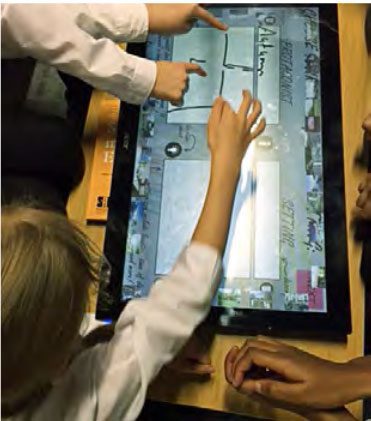Every year since 2011, the UK’s Open University has released a report called “Innovating Pedagogy” on important educational trends for teachers and policymakers. The 2015 edition of this widely followed report was developed through collaboration between researchers at the Institute of Educational Technology in The Open University and the Center for Technology in Learning at SRI Education.
Innovating Pedagogy 2015 introduces ten pedagogies—methods and practices for teaching—that already influence educational practice or offer opportunities for the future. By ‘innovative pedagogies,’ we mean theories and practices of teaching, learning and assessment for the modern, technology-enabled world.

The ten pedagogies covered in the 2015 report are:
- Crossover learning: connecting formal and informal learning
- Learning through argumentation: developing skills of scientific argumentation
- Incidental learning: harnessing unplanned or unintentional learning
- Context-based learning: how context shapes and is shaped by the process of learning
- Computational thinking: solving problems using techniques from computing
- Learning by doing science with remote labs: guided experiments on authentic scientific equipment
- Embodied learning: making mind and body work together to support learning
- Adaptive teaching: adapting computer-based teaching to the learner’s knowledge and action
- Analytics of emotions: responding to the emotional states of students
- Stealth assessment: unobtrusive assessment of learning processes
SRI Education researchers have been collaborating with their counterparts at the Open University for over a decade to connect educational research-based insights from across the U.S. and U.K. on topics such as social learning, citizen science, and learning at scale.
SRI has a lead role in running the Center for Innovative Research in Cyberlearning for the National Science Foundation and this report now engages leading international experts on technology-enhanced learning in the Center’s work on the future of learning.
This material is based upon work supported by the National Science Foundation under Grant No. IIS-1233722 and IIS-1441631. Any opinions, findings, and conclusions or recommendations expressed in this material are those of the author(s) and do not necessarily reflect the views of the National Science Foundation.


